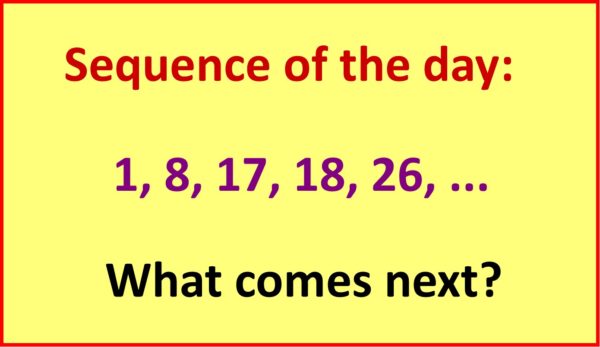
This sequence – the “Dudeney numbers” – lists all the numbers equal to the digit sum of their cubes.
ER, WHAT NOW??
For instance, 17 is on the list because when you cube it (17x17x17 = 4913) and then take the digit sum (4+9+1+3 = 17) you get back to where you started. Neat!
Another example: $8^3$ = 512, and 5+1+2 = 8. We are back where we started, so 8 is a Dudeney number.
Let’s try eleven: $11^3$ = 11x11x11 = 1331, but 1+3+3+1 = 8 not 11. We’re not back where we started, so 11 is not in our sequence.
BRONZE: check that 26 is a Dudeney number. (HINT: just cube it, then take the digit sum).
SILVER: In fact, there are exactly six Dudeney numbers (or seven if you count zero): the five on our list, and one larger one. Can you find it? You don’t have to go to too much larger!
GOLD: convince yourself that there are only six Dudeney numbers.
If you’ve enjoyed this puzzle, try thinking about numbers which are equal to the sum of their fourth powers (or fifth, or…).
Englishman HENRY DUDENEY (1857-1930) is best known as a creator of mathematical puzzles, especially Dudeney’s Dissection: a way of dissecting (chopping up) an equilateral triangle into four pieces which can be reassembled into a square.
NOTIFY ME OF NEW POSTS BY EMAIL (approx one a month):
[mc4wp_form id=”399″]